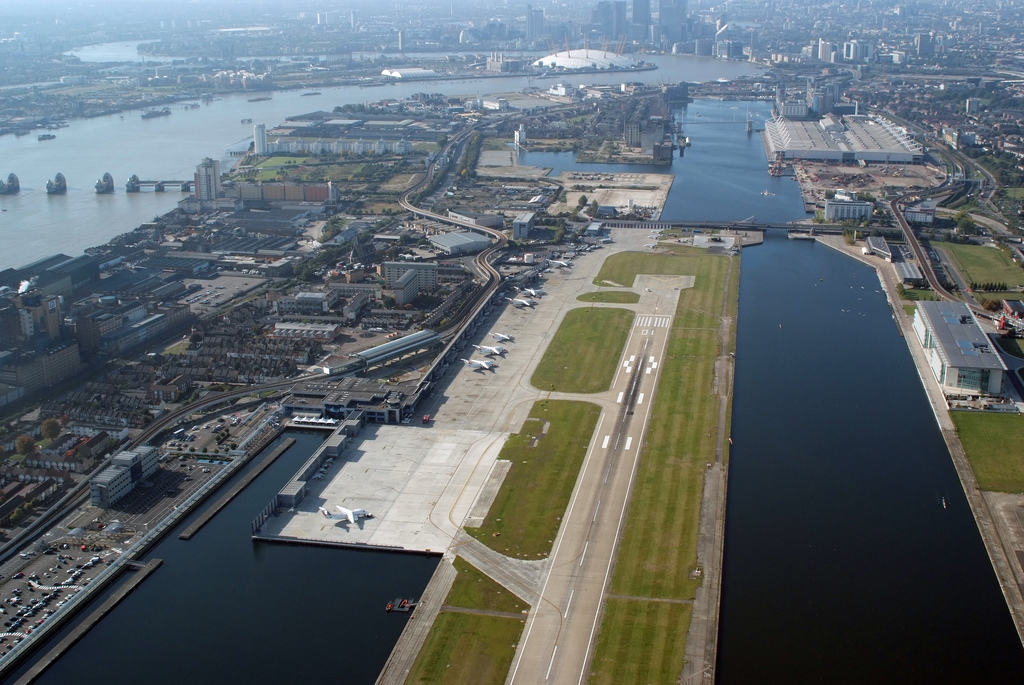London City Airport is set to become the first UK airport equipped with a digital air traffic control tower. Air traffic controllers will use live footage displayed on HD screens
London City Airport is set to become the first UK airport to build and operate a digital air traffic control tower, with a multi-million pound investment in the technology.
Working closely with NATS, the UK’s leading provider of air traffic control services, London City Airport has approved plans for a new tower, at the top of which will be 14 High Definition cameras and two pan-tilt-zoom cameras. The cameras will provide a full 360 degree view of the airfield in a level of detail greater than the human eye and with new viewing tools that will modernise and improve air traffic management.
The images of the airfield and data will be sent via independent and secure super-fast fibre networks to a brand new operations room at the NATS control centre in Swanwick, Hampshire. From Swanwick, air traffic controllers will perform their operational role, using the live footage displayed on 14 HD screens that form a seamless panoramic moving image, alongside the audio feed from the airfield, and radar readings from the skies above London, to instruct aircraft and oversee movements.
The state-of-the-art technology from Saab Digital Air Traffic Solutions, which is tried and tested and already in use at Örnsköldsvik and Sundsvall airports in Sweden, is claimed to offer several advantages for efficient air traffic management at London City Airport.
Controllers will be able to utilise a range of viewing tools such as high-definition zoom and enhanced visuals, which provide detailed views of activity on the airfield, including close-up views of aircraft movements along the 1500m runway, with pan-tilt-zoom cameras that can magnify up to 30 times for close inspection.
They will also have real-time information, including operational and sensory data, to build an augmented reality live view of the airfield. For example, the ability to overlay the images with weather information, on-screen labels, radar data, aircraft call signs, or to track moving objects.
The 50-metre digital tower was approved by the London Borough of Newham in December 2016, and construction will begin later this year, located in the airport’s long-stay car park, in line with the mid-way point of the runway, adjacent to King George V Dock. The digital tower will become fully operational in 2019.
This year London City Airport, which is marking its 30th anniversary, will also begin construction on its £350m City Airport Development Programme (CADP). The major project will enable an additional 2 million passengers per year to use the airport by 2025 and add up to 30,000 permitted flights per year.
The plans include seven new aircraft stands to accommodate next-generation aircraft, a parallel taxiway to maximise runway capacity, and a terminal extension to accommodate increasing passenger numbers.
London City Airport is partnering with NATS Services, the commercial arm of the UK air traffic services provider.

